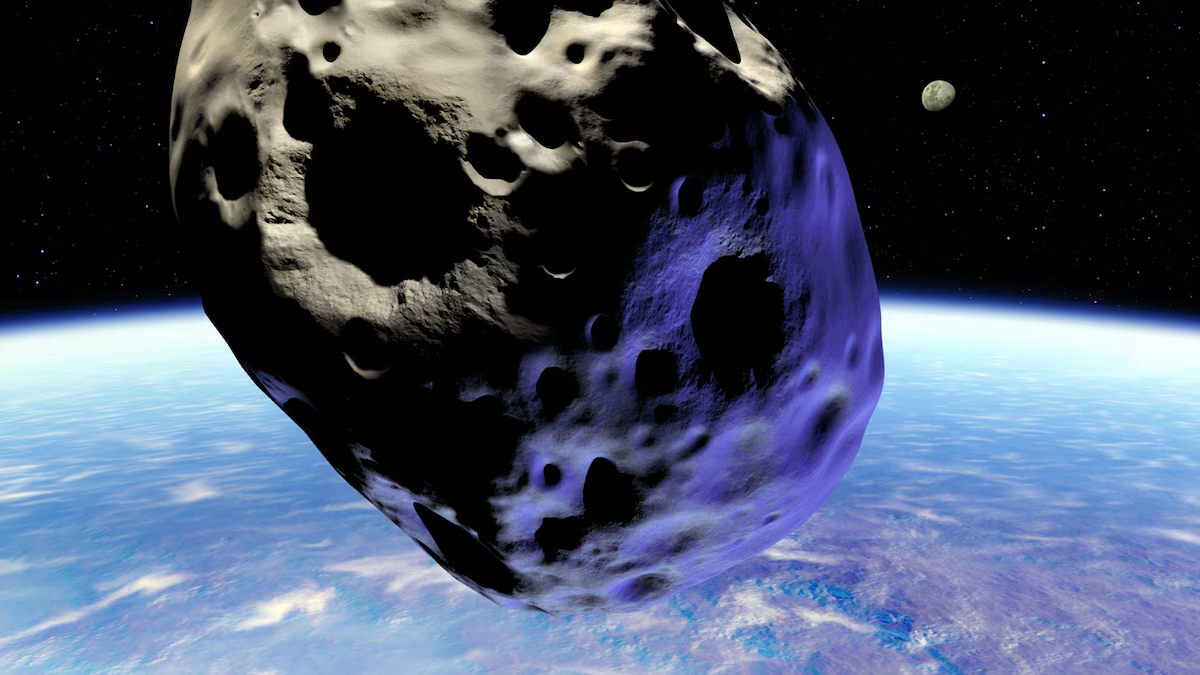Earth always has more moons than you think

Still, maybe-moons bring a certain immediacy to astronomy that some far-flung wonders can’t achieve. Kat Volk, a planetary scientist at the Planetary Science Institute in Arizona is sometimes jealous of her colleagues who study this stretch of the solar system, and thus can witness the entire journeys of the moonish objects they study. Her own targets of interest, small celestial bodies beyond Neptune, “won’t even go around the sun once during my lifetime because their orbital periods are so long,” Volk says. But the journeys of quasi-moons and mini-moons in the inner solar system unfold on significantly shorter timescales, providing “a really fun real-world example of orbital dynamics,” she says.
Where do these extra moons come from?
Scientists are still trying to pin down the origins of Earth’s occasional visitors, Sharkey says. They could be near-Earth asteroids, a community of thousands of space rocks that once belonged to the solar system’s main asteroid belt between Mars and Jupiter. At some point, Jupiter, the gravity king, may have jostled them into the inner solar system.
Alternatively, maybe-moons might be pieces of our moon that were scooped out from the lunar surface by collisions from other rocks careening through space. When Sharkey and their colleagues studied the quasi-moon Kamoʻoalewa, they found that its composition appeared “more lunar-like than any other asteroid we’ve looked at before,” more weathered and sun-scorched than typical near-Earth asteroids. (The most recent mini-moon bore signs of lunar ancestry, too.)
A serious exploration effort of Kamoʻoalewa is already underway and could help determine its origins. This spring, China dispatched a mission that will reach Kamoʻoalewa next summer; the probe will sweep some rocky fragments from the quasi-moon and return them to Earth for scientists to analyze.
Still another theory posits that these objects are the last survivors of an ancient population of asteroids that coalesced near Earth during the early turbulent days of the solar system. But, Sharkey suggests, why pick just one explanation? Earth’s extra moons—past, present and future—could be all three.





